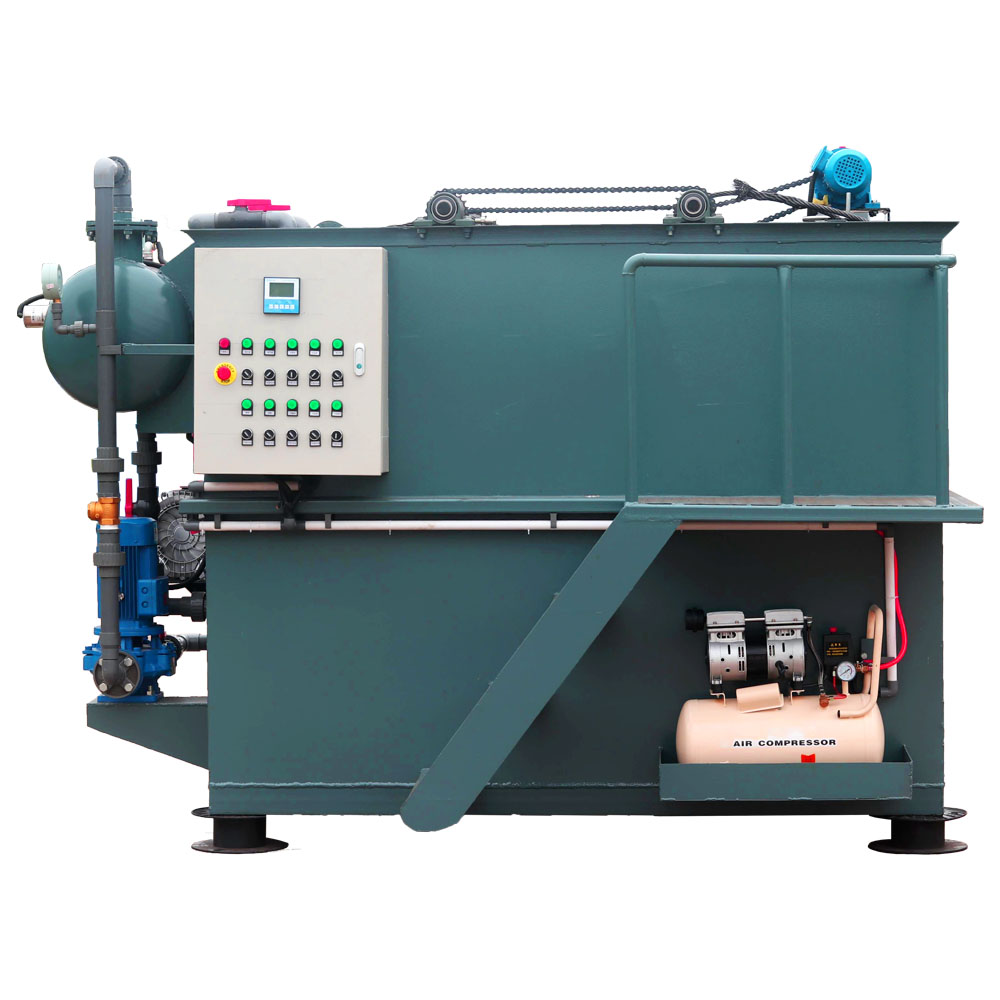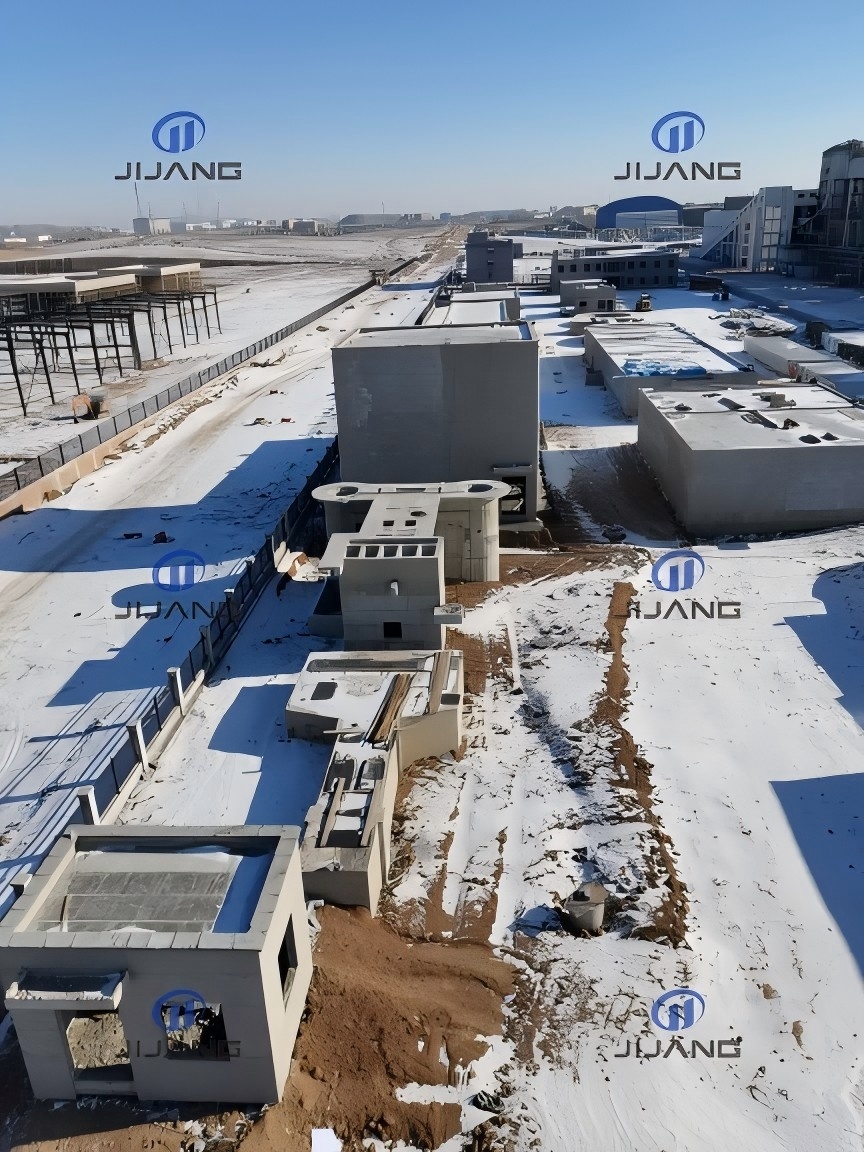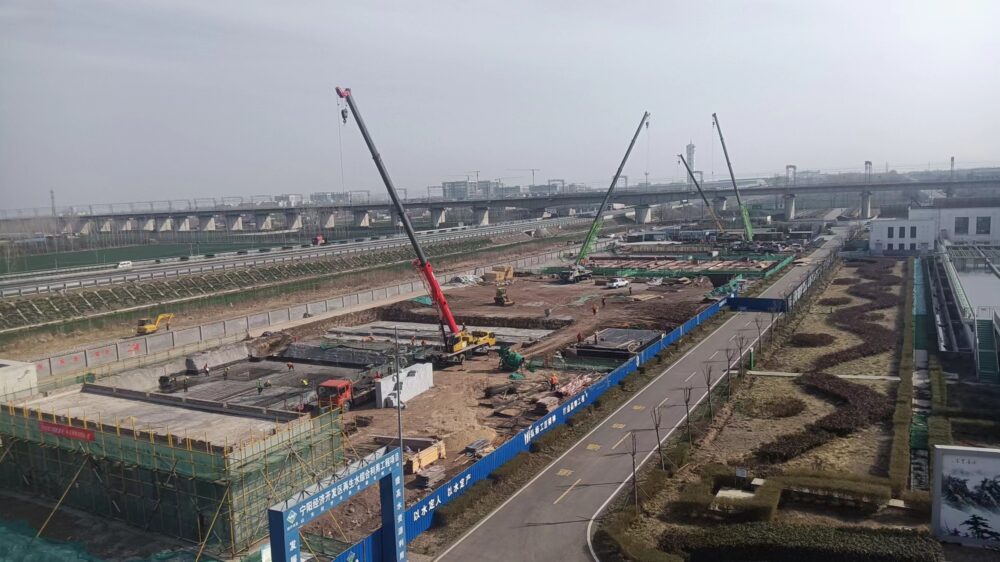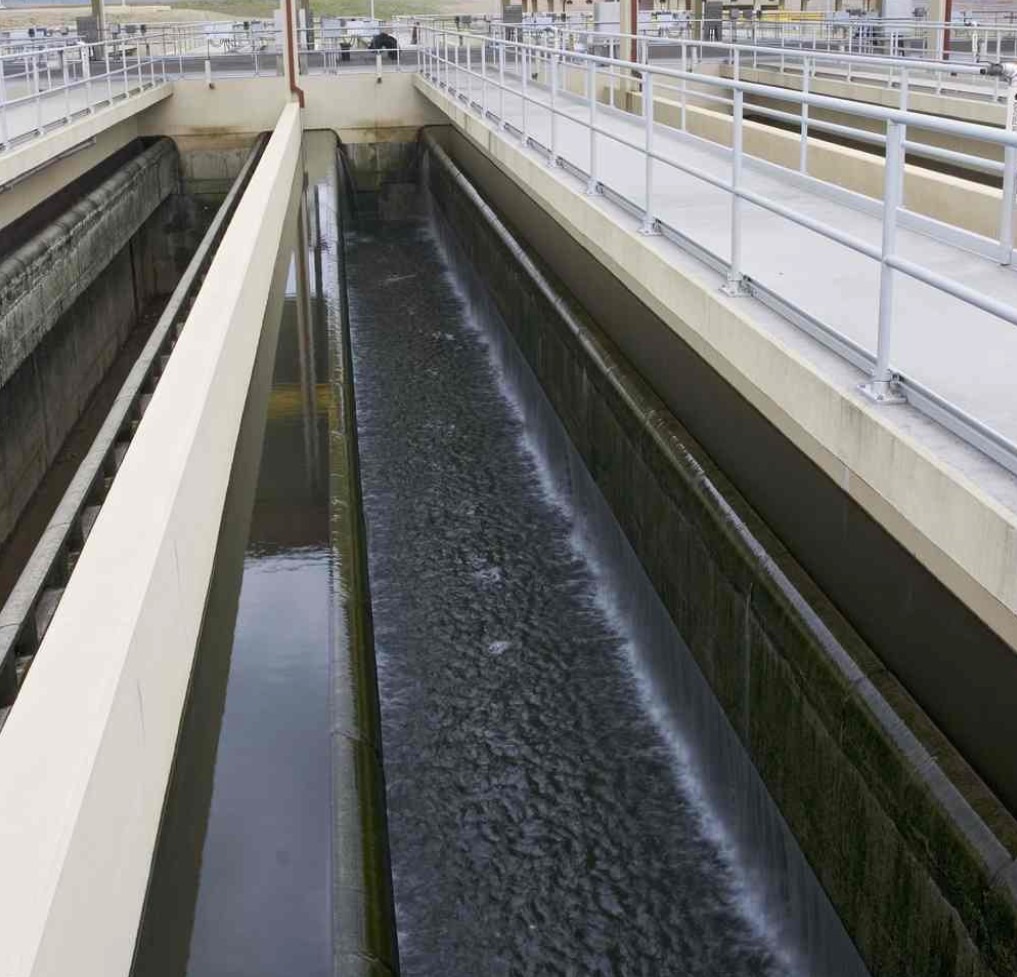Le procédé EDR est un nouveau procédé. Il inverse la polarité des électrodes positives et négatives (inversion fréquente) à intervalles réguliers (généralement 15-20 minutes). Cela permet de nettoyer automatiquement la saleté sur la membrane échangeuse d'ions et la surface de l'électrode, de garantir la qualité et la quantité d'eau douce, le fonctionnement stable de la membrane échangeuse d'ions et le rejet d'une quantité minimale d'eau concentrée. Le principe de l'électrodialyse inversée est le suivantBasComme indiqué sur la figure.
L'équipement d'inversion de l'électrodialyse pour le dessalement est un processus à base de membrane qui utilise un champ électrique pour éliminer le sel et d'autres solides dissous dans l'eau.
Le procédé EDR comprend deux couches de membranes reliées par une membrane d'électrodialyse. Lorsqu'un courant continu est appliqué, la membrane laisse passer sélectivement les ions positifs, laissant derrière elle les ions négatifs et les autres impuretés. Le processus peut être inversé en inversant la polarité du champ électrique, ce qui a pour effet de faire passer les ions négatifs à travers la membrane tout en laissant les ions positifs derrière.
Comment cela fonctionne-t-il ? Comment fonctionne la CED ?
En fonctionnement normal, deux flux entrent dans le système EDR et trois flux en sortent. L'entrée est constituée d'eau brute et de circulation d'eau concentrée. Le flux de sortie est constitué d'eau douce, de drainage d'eau concentrée et d'eau usée par les électrodes. Chaque pile EDR possède quatre entrées et sorties. Deux d'entre elles s'écoulent dans les compartiments d'électrodes supérieur et inférieur. La polarité des électrodes est contrôlée en inversant la cathode et l'anode. Les deux autres flux sont des flux d'eau traversant la pile de membranes, à savoir l'eau concentrée et l'eau douce, qui sont déterminés par l'inversion des électrodes. La source, la composition et le sens d'écoulement de chaque flux sont les suivants :
1) L'eau brute/le produit liquide arrive par l'entrée d'eau, traverse la pile de membranes pour éliminer les ions, puis s'écoule dans le tuyau de production d'eau. Une partie de l'eau brute est détournée pour servir d'eau concentrée de réapprovisionnement et d'eau brute pour les électrodes. L'eau produite est jugée non qualifiée en fonction des exigences de qualité de l'eau, et l'eau produite qualifiée s'écoule dans le réservoir de production d'eau.
2 La saumure circule dans le système EDR. Comme les ions continuent d'augmenter, une partie du flux doit être évacuée pour maintenir la concentration d'ions en dessous du point de précipitation. Une partie de l'eau brute doit être ajoutée comme eau d'appoint pour maintenir un volume d'eau constant. De l'acide est ajouté par intermittence à la saumure pour empêcher la précipitation.
3. le flux de liquide cathodique s'écoule en continu. Ce flux est un affluent de l'eau brute. Le liquide résiduaire de l'électrode quitte la cathode et traverse le composant de dégazage avant d'être envoyé dans le liquide résiduaire.
4. le courant anodique coule par intermittence. L'eau brute de ce flux est un affluent de l'eau brute. Le liquide résiduaire de l'électrode quitte l'électrode positive et s'écoule à travers l'électrode positive.
5 Le nettoyage de l'ECIP est généralement effectué une fois par jour pendant le fonctionnement de l'EDR. De l'acide est ajouté à l'eau d'entrée de l'électrode pour nettoyer la chambre de l'électrode et contrôler l'entartrage de l'électrode par le carbonate. Ce processus dure généralement une heure à chaque fois. Cette procédure n'est pas nécessaire pour les machines EDR. Le nettoyage CIP est nécessaire lorsque le bloc de membrane EDR est bloqué par des saletés. Le NEP peut être effectué périodiquement selon les besoins. Le système doit être arrêté pendant l'opération de NEP.
Quelles sont les composantes de la CED ?
Le système EDR se compose de trois parties : le corps d'électrodialyse, le redresseur et le système d'inversion automatique. La procédure d'inversion est la suivante :
1. Modifier la polarité de l'électrode d'alimentation en courant continu pour intervertir les chambres concentrée et diluée, et le flux d'ions sera inversé ;
2. Intervertir les vannes d'entrée et de sortie pour intervertir les systèmes d'alimentation en eau et de drainage des chambres concentrée et diluée ;
3. Après la conversion de polarité qui dure 1 à 2 minutes, l'eau douce non qualifiée est renvoyée dans le système d'eau concentrée, puis l'eau concentrée et l'eau douce reprennent leur propre chemin pour rétablir le fonctionnement normal.
Quelles sont les différences entre EDR et EDI ?
L'électrodialyse de remplissage EDI est une nouvelle méthode de traitement de l'eau qui combine l'électrodialyse et l'échange d'ions. Elle concentre les avantages de l'électrodialyse et de l'échange d'ions, surmonte leurs inconvénients respectifs et améliore les effets de la limitation de la densité de courant et de l'efficacité du courant.
L'EDR inverse la polarité des électrodes positives et négatives, ce qui permet de nettoyer automatiquement la saleté à la surface des membranes d'échange d'ions et des électrodes, afin de garantir la stabilité à long terme des membranes d'échange d'ions et la qualité de l'eau douce.
Différence : Le taux de dessalement de l'EDR n'est que d'environ 90%. Il peut être utilisé pour certaines eaux brutes de mauvaise qualité et pour des besoins de production d'eau faibles. La production d'eau est relativement stable. Elle peut également être utilisée pour le traitement des eaux usées industrielles. Cependant, la durée de vie de l'électrode est plus courte en raison des inversions fréquentes.
L'EDI remplace principalement le lit mixte traditionnel d'échange d'ions pour produire de l'eau de haute pureté. Cette technologie a été promue et appliquée à la préparation d'eau de haute pureté dans les secteurs de l'électronique, de l'énergie électrique, de la chimie et d'autres industries.
Où peut-on utiliser la CED ?
L'EDR est utilisée dans une variété d'applications, notamment le dessalement, le traitement des eaux usées industrielles et la transformation des aliments. L'équipement EDR de dessalement peut être utilisé dans une variété d'applications d'électrodialyse, y compris le dessalement de l'eau de mer, le dessalement de l'eau saumâtre et le traitement des eaux usées. Le système est capable d'éliminer jusqu'à 99% de sels dissous et d'autres impuretés de l'eau, produisant ainsi une eau de grande qualité qui respecte ou dépasse les normes en matière d'eau potable.
Parmi les applications les plus courantes, on peut citer
Traitement de l'eau municipale : Il peut être utilisé pour traiter l'eau concentrée par osmose inverse générée au cours du processus de traitement de l'eau municipale.
Traitement des eaux usées industrielles : Le dessalement peut être utilisé pour la concentration et le traitement des eaux usées industrielles.
Production d'énergie : Il peut être utilisé pour traiter l'eau concentrée par osmose inverse produite dans le processus de production d'énergie.
L'exploitation minière : Le dessalement peut être utilisé pour traiter et concentrer l'eau utilisée dans les opérations minières.
Quels sont les avantages et les inconvénients de l'équipement EDR ?
1. L'équipement d'électrodialyse de dessalement EDR est un équipement avancé d'approvisionnement en eau de dessalement. La fonction d'inversion de l'équipement réduit le temps d'entretien et d'immobilisation, car le flux inversé élimine toutes les particules susceptibles de bloquer les pores de la membrane.
2. L'EDR produit également une eau de meilleure qualité que les autres méthodes, avec une faible teneur en solides dissous et sans désinfectants résiduels.
4. Application de dessalement à haut rendement ; faible entretien et absence de produits chimiques ; conception modulaire permettant l'extensibilité ; fonctionnement et surveillance faciles.






